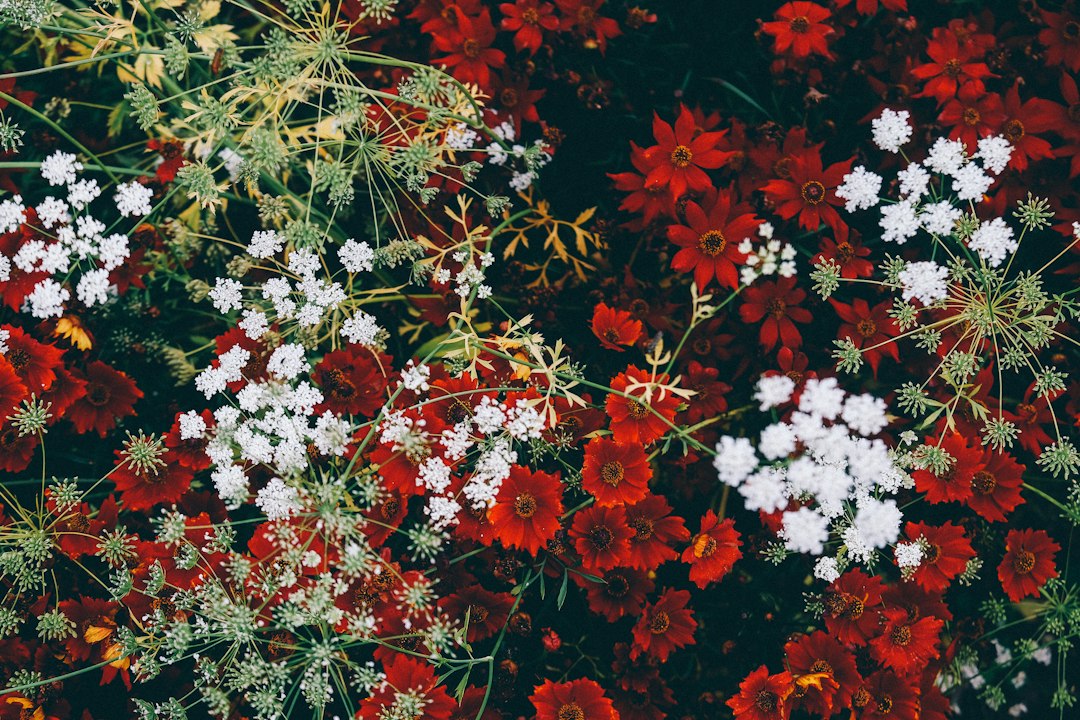Creating a Butterfly-Friendly Garden: Tips and Ideas
Butterflies are enchanting creatures that add vibrancy and beauty to any garden. Their delicate wings, graceful flight, and vibrant colors make them a sight to behold. If you want to attract these lovely insects to your backyard, creating a butterfly-friendly garden is a wonderful way to do so. Here are some tips and ideas to help you get started.
1. Choose the Right Plants:
To draw butterflies to your garden, it is crucial to include nectar-rich flowers that they love. Some popular choices include lavender, marigold, zinnia, coneflower, milkweed, and butterfly bush. These plants provide a valuable food source for adult butterflies. Additionally, consider planting host plants, such as milkweed, which are essential for caterpillars to feed on and complete their life cycle.
2. Provide Sun and Shelter:
Butterflies are cold-blooded creatures that rely on the sun to warm their bodies. So, it is essential to choose a sunny spot for your garden. However, they also need some shelter from strong winds and predators. Planting trees or installing trellises can create areas where butterflies can rest and seek refuge.
3. Incorporate Water Sources:
Like all creatures, butterflies need access to water to survive. Create a shallow water source such as a birdbath or a small pond to provide them with a place to drink and cool down. Be sure to keep the water clean and change it regularly to prevent mosquitoes from breeding.
4. Avoid Pesticides:
Pesticides are harmful to butterflies, as well as other beneficial insects like bees and ladybugs. Embrace organic gardening practices to create a safe haven for butterflies to thrive in your garden. Instead of using chemical sprays, opt for natural pest control methods like hand-picking pests or introducing beneficial insects such as ladybugs and praying mantises.
5. Provide Sunning Spots:
Butterflies are known to bask in the sun to warm their bodies. Place flat rocks or large stones in sunny areas to create sunning spots for them. Butterflies will land on these warm surfaces to soak in the sun’s heat, enabling them to fly more efficiently.
6. Create Layers and Diversity:
To attract a wide variety of butterflies, design your garden with different layers of plants – from low-growing flowers, to medium-sized shrubs, to taller trees. This variety offers butterflies diverse habitats to feed, breed, and take shelter in. Additionally, incorporating a range of flower shapes, colors, and bloom times will help attract a greater diversity of butterfly species to your garden.
7. Extend the Blooming Season:
To ensure a consistent food supply for butterflies, aim to have flowers blooming throughout the seasons. Plant a combination of annuals, perennials, and biennials that flower at different times. This way, you can provide nectar sources from early spring to late fall, accommodating various butterfly species.
8. Avoid Overly Tidy Landscaping:
Butterflies prefer a more natural habitat, so embrace a slightly wilder, less manicured garden style. Allow some areas of the garden to grow wild, and leave leaf litter or fallen branches as hiding spots for caterpillars and chrysalises.
9. Educate Yourself:
Take the time to learn about the native butterfly species in your area and their specific needs. Research which plants they prefer, what host plants they require, and what their life cycle entails. This knowledge will help you create a garden specifically tailored to the butterflies in your region.
10. Spread the Word:
Creating a butterfly-friendly garden is not only beneficial for these delicate creatures, but it also contributes to the broader ecosystem and helps pollinate flowers. Share your experience and knowledge with others to inspire them to create their own butterfly havens.
By implementing these tips and ideas, you can transform your garden into a butterfly paradise. Not only will you have the pleasure of witnessing these enchanting creatures up close, but you will also be actively contributing to their conservation. So, get ready to welcome a kaleidoscope of colors and the gentle flutter of wings into your backyard!
